Creative Resilience
Whilst there are far more obvious and frankly devastating impacts created by the Covid-19 pandemic, ordinarily publically engaged galleries, museums, trade shows and graduate exhibitions have certainly felt the effects. Here in the UK, recent research has found that 60% of galleries and museums are worried that they will never reopen. There is hardly a trade show on the planet that hasn’t had to cancel all events for the year, or at the very least, had to drastically adapt content to create some form of online offering. We were due to visit and report back from Milan Design Week, Helsinki Design Week and Dutch Design Week to name a few. The latter is a prime example of a show that is both underpinned by and a tremendous springboard for design graduates; students who, after years of learning and hard work are traditionally allowed the right of passage of a public-facing end of year show. The problem of course is that these events are normally all about presence – the presence of wares and the presence of viewers – something that has quite literally been banned across the majority of the world for a decent portion of the year.
Yet, whilst final year students were unable to live by the mantra ‘The show must go on,’ they still had to conclude their studies.
That seems particularly difficult and unfair for anyone studying on a creative course, not least textiles (textiles and texture share a Latin root for good reason after all.) Anne Toomey, Head of the Textile Programme at the Royal College underlines this point, “often encountered, defined and understood through materiality, Textiles faces a unique challenge posed by the lockdown.” But if ever there were a hallmark of a good designer, it’s adaptability, and the RCA 2020 Textiles graduates are testament to this. Whilst demonstrating impressive agility and flexibility in reaching a conclusion, the students positioned themselves into 3 key themes: The Constructors, The Preservers and The Responders.
The Constructors, who include Lisu Yu, describe themselves as:
“Builders of narratives, spaces and objects, they translate worlds that encounter new territories with intended purpose, interweaving construction methods that are contrasting yet form harmonious environments.”
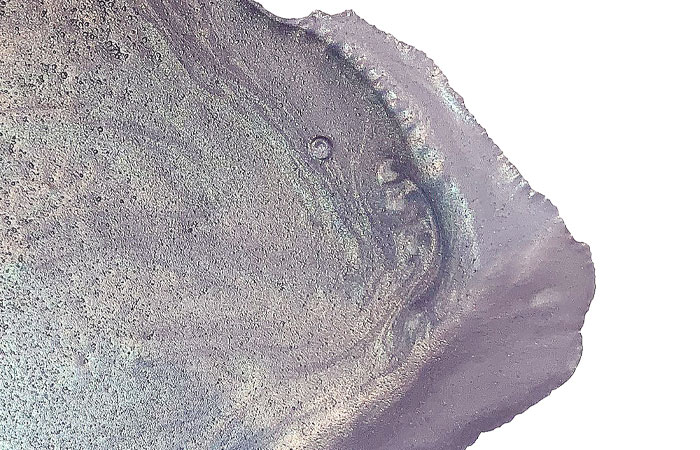
For her project Bio-a-porter, Yu turned her attention to biomaterials to explore how they might transform haute-couture fashion. Working with elements predominantly sourced from the sea, the final bio fabrics suggest a more sustainable material solution for the industry.
Over in the 2nd camp, the Preservers:
“Breathe new life into forms, substances and stories. They reflect on past rituals to drive change towards fostering, sustaining and protecting the ecosystem that surrounds it.”
They include Hannah Elisabeth Jones and her project Lliw Lleol, or Living Colour, which seeks to elevate the value of locally sourced natural colour. Foraging abundant plants and weeds such as sloe berries and grass over the course of the academic year she created organic colours directly from nature.
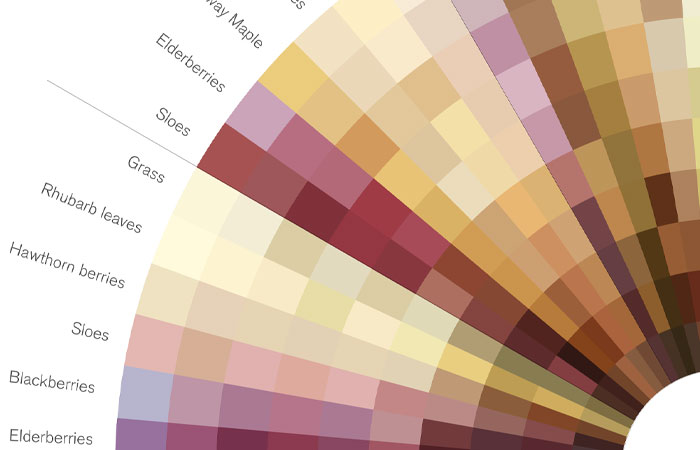
Designed to combat chemically synthesised colour, the natural dyes challenge our dependency upon prevalent damaging processes whilst also celebrating the power of tapping into our local resources.
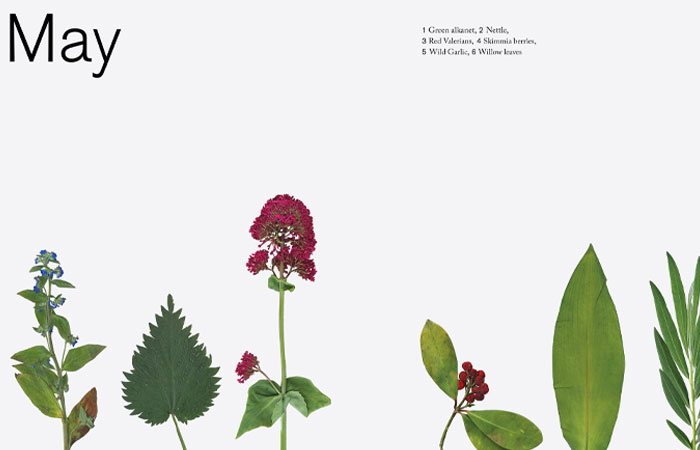
The desire to work with organic and abundant plants is shared by Marina Belintani, albeit with the focus shifted upon and invasive species – Japanese Knotweed. Belintani positioned herself in the final if the groups, the Responders, who:
“Have a playful approach to their practice, environment and bodies. An interaction with the senses that inform alternative behaviours towards futures that are responsive, sensitive and conscious.”
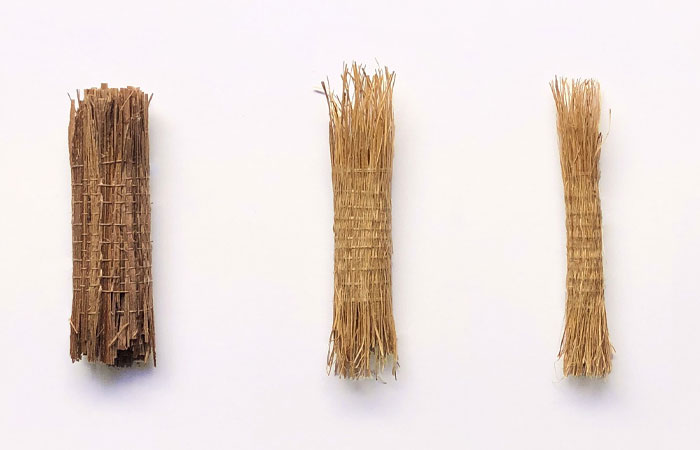
In part, the Mabe Project seeks to turn the negative narrative of Japanese Knotweed on its head. This is no mean feat when you consider that the weed is considered to be one of Europe’s most invasive, persistent and damaging, but through careful experimentation across the different seasons she has exploited many of its properties to create numerous material solutions. The results include woven and non-woven textiles, natural pigments and solid surfaces, all of which are made from separate elements of what is ultimately an unwanted, naturally occurring waste material.
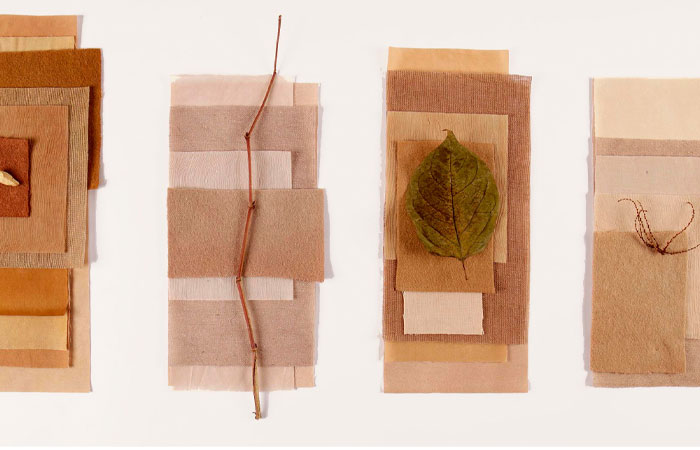
We wish all of the class of 2020 the very best of luck in taking the next steps in their careers, long may such innovative thinking and adaptable practices be the bedrock of our creative courses here in the UK and beyond.





